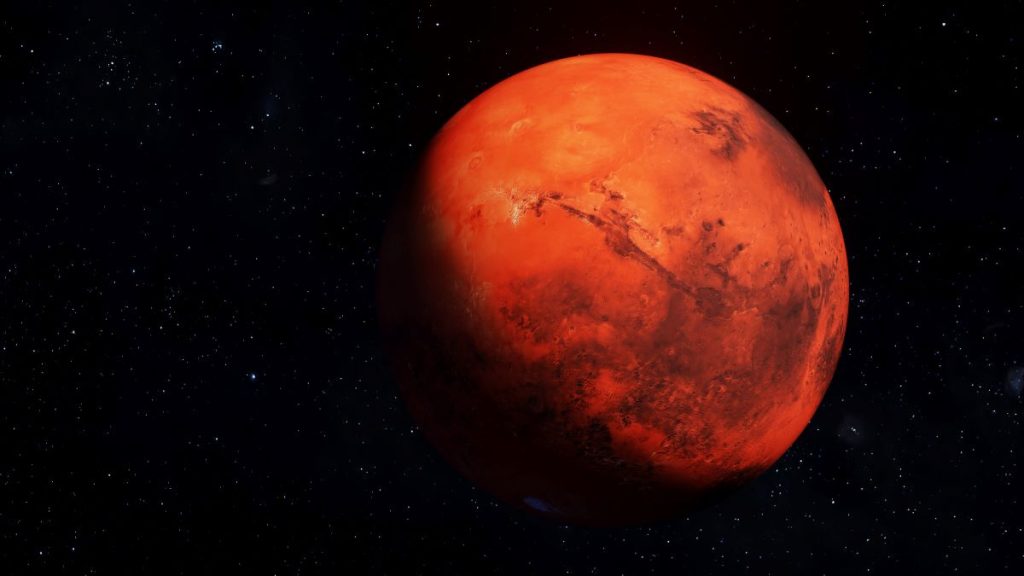Unveiling the Hidden World: Earth’s Subsurface Teems with Microbial Life, Offering Clues to Extraterrestrial Existence
Deep beneath Earth’s surface, a hidden world thrives. Scientists have uncovered a remarkable diversity of microbial life in these subterranean realms, pushing the boundaries of our understanding of life’s tenacity and offering tantalizing clues in the search for extraterrestrial life. This groundbreaking research, published in Science Advances, delves into the microbiomes of both terrestrial and marine subsurface environments, providing the first large-scale comparison of these hidden ecosystems. The findings reveal an astonishing abundance and diversity of microbial life, challenging our previous perceptions of where life can exist and suggesting that similar life forms could potentially thrive on other planets, particularly Mars.
The study, led by Emil Ruff, examined microbial communities from depths of up to three miles underground and 1,600 feet beneath the seafloor. These extreme environments are characterized by low energy availability, high pressure, and limited nutrients. Remarkably, the microbes inhabiting these challenging conditions have adapted to survive with minimal energy, exhibiting metabolic processes far slower than their surface counterparts. Some subsurface cells divide only once every 1,000 years, showcasing the incredible resilience and adaptability of life. This discovery holds significant implications for the search for extraterrestrial life, as it suggests that life could persist in similar low-energy environments on other planets, such as Mars, which may have harbored subsurface liquid water in the past.
The implications of this research extend beyond the search for extraterrestrial life. The study highlights the vastness and diversity of Earth’s subsurface biosphere, revealing that these hidden ecosystems may harbor between 50 and 80 percent of Earth’s microbial cells. This staggering figure underscores the importance of understanding these subterranean communities and their role in global biogeochemical cycles. The microbial diversity in the subsurface rivals, and even surpasses, that of surface ecosystems like coral reefs, demonstrating the remarkable adaptive capacity of life in the face of extreme conditions. These findings reshape our understanding of Earth’s biodiversity and underscore the importance of exploring the hidden world beneath our feet.
The microbes inhabiting Earth’s subsurface have evolved unique metabolic strategies to thrive in their energy-limited environments. Their metabolic processes are incredibly efficient, optimized to extract the maximum amount of energy from scarce resources. This efficiency is a testament to the power of evolution and provides valuable insights into how life can persist in even the most challenging environments. The study also reveals a significant difference between terrestrial and marine subsurface microbiomes, with marine environments exhibiting a higher abundance and diversity of microbial life, particularly Archaea, ancient microorganisms known for their ability to thrive in extreme conditions.
The discovery of this hidden microbial world has profound implications for astrobiology and the search for life beyond Earth. If Mars or other rocky planets once possessed subsurface liquid water, the ecosystems that may have existed there could resemble Earth’s deep biosphere. The extremophile microbes thriving in Earth’s subsurface provide a model for the types of life that might exist or have existed on other planets with similar subsurface conditions. Understanding the adaptations of these organisms to low-energy environments could refine future astrobiology missions and inform the development of new strategies for detecting signs of life beyond Earth.
The knowledge gained from studying these subsurface microbes can also provide valuable insights for various fields, including biotechnology and environmental science. The remarkable metabolic efficiency of these organisms could inspire the development of new biotechnologies for energy production and waste remediation. Furthermore, understanding the role of these subsurface communities in global biogeochemical cycles can contribute to our understanding of Earth’s climate and the impacts of human activities. The exploration of Earth’s deep biosphere opens a new frontier in scientific discovery, with the potential to revolutionize our understanding of life on Earth and beyond. The hidden world beneath our feet is teeming with life, offering a glimpse into the boundless possibilities of life’s adaptability and providing invaluable clues in the quest to unravel the mysteries of the universe.










